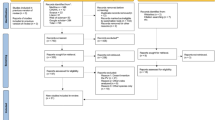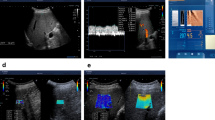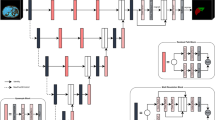Abstract
THE occurrence of laminar flow in the hepatic portal vein is acceptable on hydrodynamic grounds1. In any consideration of the probable distribution within the liver of blood from a particular tributary of the portal vein the anatomy of the vein is important. Drs. C. H. Barnett and W. Cochrane2 suggest that the relative diameters of tributary and main vein and the angle of union are the important factors in determining the path of the streams. I have recently observed an anatomical structure in the portal vein which on theoretical grounds would appear to be more important than either of these factors.
This is a preview of subscription content, access via your institution
Access options
Subscribe to this journal
Receive 51 print issues and online access
$199.00 per year
only $3.90 per issue
Buy this article
- Purchase on SpringerLink
- Instant access to full article PDF
Prices may be subject to local taxes which are calculated during checkout
Similar content being viewed by others
References
Bayliss, L. E. In Frey-Wyssling, A. (Editor), “Deformation and Flow in Biological Systems” (North Holland Publishing Co., Amsterdam, 1952).
Barnett, C. H., and Cochrane, W., Nature, 177, 740 (1956).
Author information
Authors and Affiliations
Rights and permissions
About this article
Cite this article
BAKER, H. A Spiral ‘Valve’ in the Hepatic Portal Vein. Nature 178, 1003–1004 (1956). https://doi.org/10.1038/1781003b0
Issue date:
DOI: https://doi.org/10.1038/1781003b0



